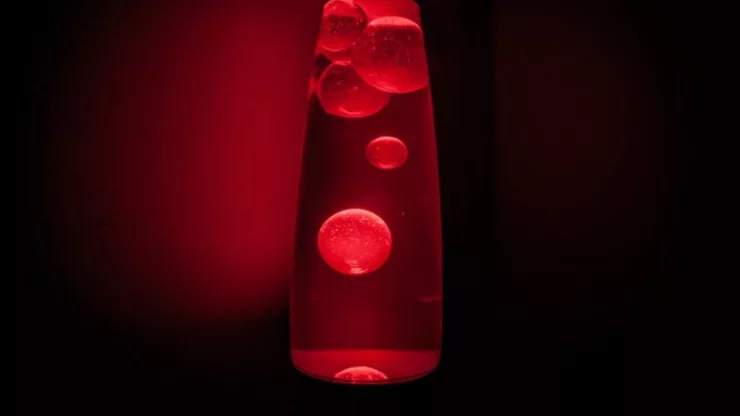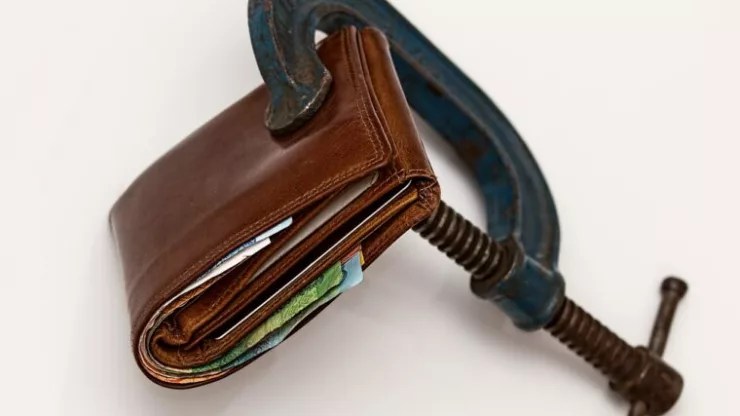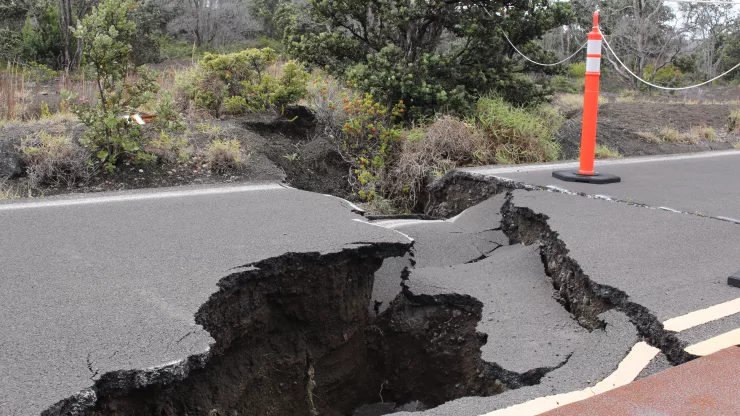Have you ever wondered how lava lamps work? Lava lamps are fascinating devices that create mesmerizing patterns of colorful blobs inside a glass container.
They were invented in the 1960s and became popular as a psychedelic decoration.
But did you know that you can make your own lava lamp at home with some simple ingredients and some science knowledge?
In this article, we will show you how to make your own lava lamp at home, explain the science behind it, and answer some frequently asked questions.
What You Need
To make your own lava lamp at home, you will need:
- A clear glass or plastic bottle with a cap
- Water
- Vegetable oil
- Food coloring
- Alka-Seltzer tablets or baking soda and vinegar
How to Make It
Follow these steps to make your own lava lamp at home:
- Fill about one-third of the bottle with water.
- Add a few drops of food coloring to the water and mix well.
- Fill the rest of the bottle with vegetable oil, leaving some space at the top.
- Screw the cap on tightly and shake the bottle gently to mix the oil and water slightly.
- Place the bottle on a flat surface and watch what happens. You should see some bubbles forming at the bottom of the bottle.
- To make the bubbles rise and fall like in a lava lamp, you need to add something that will produce carbon dioxide gas in the water. You can either drop an Alka-Seltzer tablet into the bottle or add a spoonful of baking soda followed by some vinegar.
- Watch as the bubbles carry some colored water droplets up to the oil layer and then sink back down as they pop.
How It Works
The science behind making your own lava lamp at home is based on two principles: density and solubility.
Density is a measure of how much mass an object has in a given volume.
Different liquids have different densities depending on their composition. Water is denser than oil, which means that water has more mass in a given volume than oil does.
Solubility is a measure of how well a substance dissolves in another substance. Some substances are soluble in water but not in oil, such as food coloring or salt.
Some substances are soluble in oil but not in water, such as wax or fat.
When you mix water and oil together, they do not dissolve in each other because they have different densities and solubilities.
Instead, they form two separate layers, with water at the bottom and oil at the top.
When you add food coloring to the water layer, it dissolves in it but not in the oil layer, creating a contrast between them.
When you add something that produces carbon dioxide gas in the water layer, such as Alka-Seltzer tablets or baking soda and vinegar, it creates bubbles that rise up through both layers.
As they rise up through both layers, the bubbles carry some colored water droplets along with them because of surface tension (the tendency of liquids to stick together).
As they reach the top of the oil layer, the bubbles pop and release the gas, causing the droplets to fall back down to the water layer because of gravity (the force that pulls objects toward Earth).
This creates an effect similar to what happens inside a lava lamp.
FAQ
Here are some frequently asked questions about making your own lava lamp at home:
Q: Can I use any kind of oil for this experiment?
A: You can use any kind of vegetable oil for this experiment, such as corn oil,
canola oil, olive oil, or sunflower oil.
However, avoid using oils that have strong colors or smells, such as sesame oil, coconut oil, or peanut oil, as they may affect the appearance or odor of your lava lamp.
Q: Can I use any kind of food coloring for this experiment?
A: You can use any kind of liquid food coloring for this experiment, such as red, blue, green, or yellow.
However, avoid using gel or powder food coloring, as they may not dissolve well in water or create clumps.
You can also try mixing different colors together to create new shades.

I am a fun fact enthusiast and creator of Facts On Tap.
I love to share my knowledge and curiosity with readers and inspire them to learn something new every day.
When I’m not writing, I enjoy traveling, reading, and playing trivia games with my friends.




